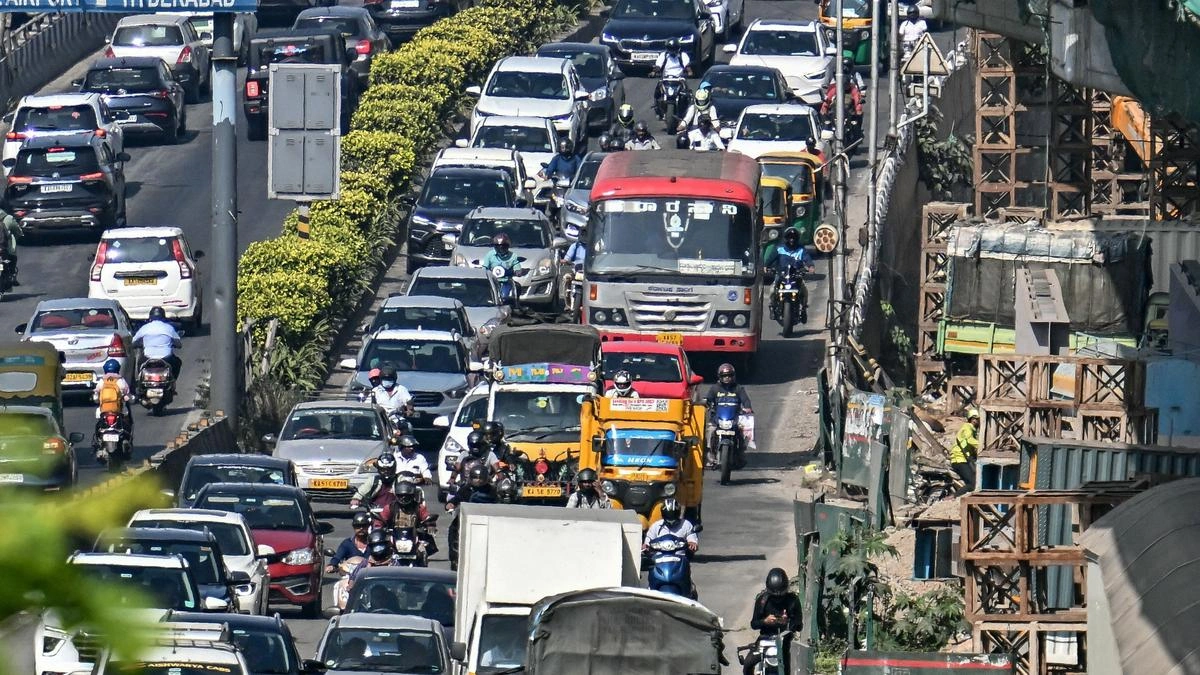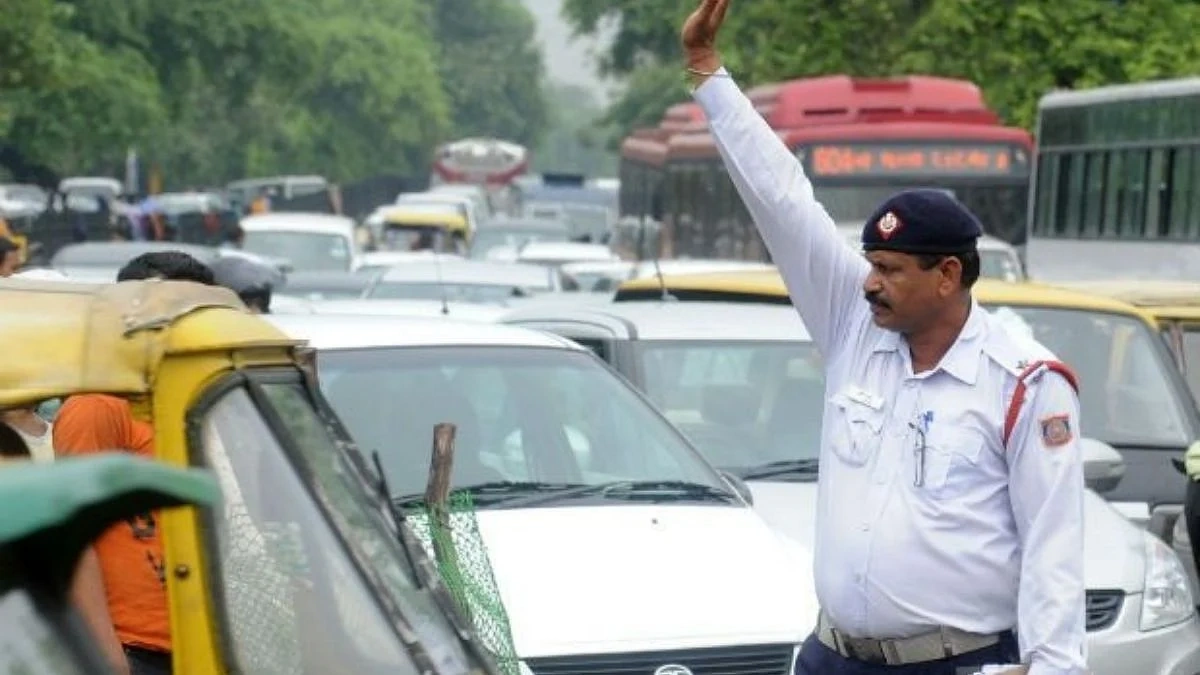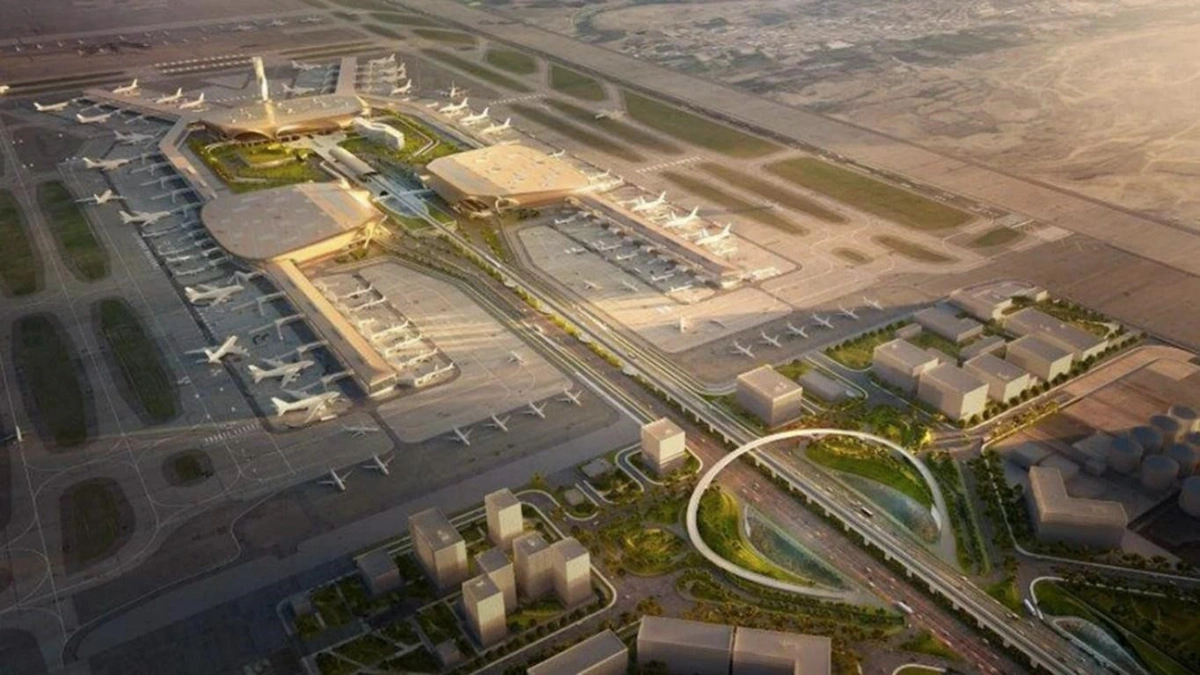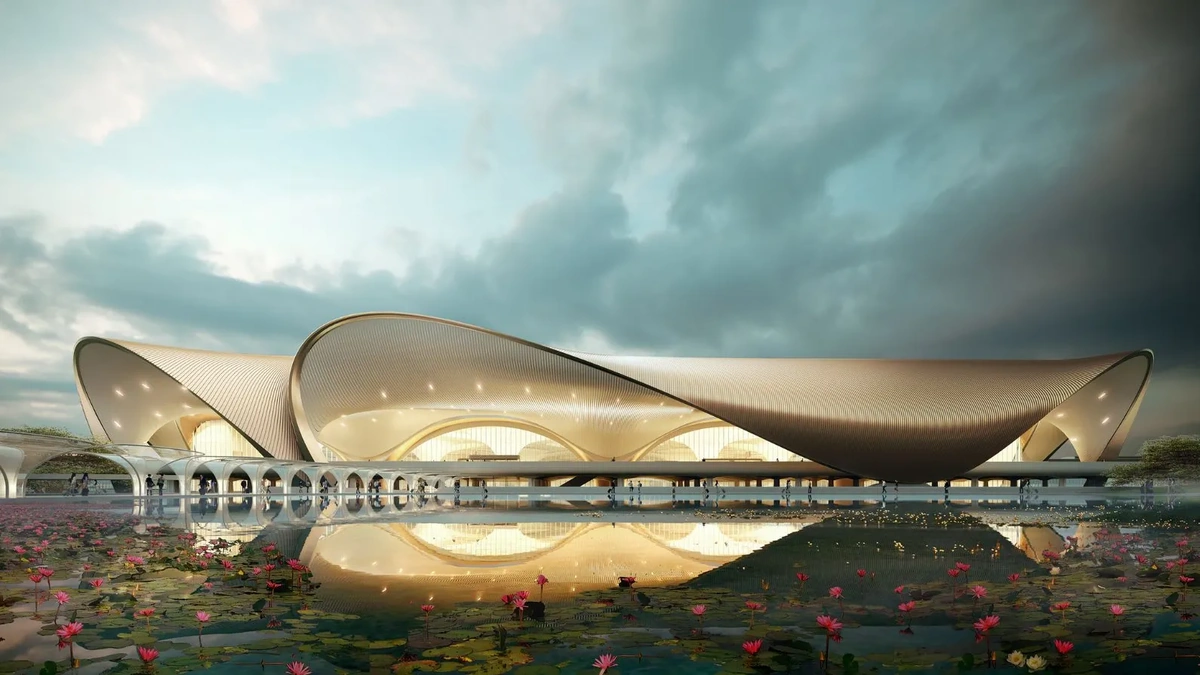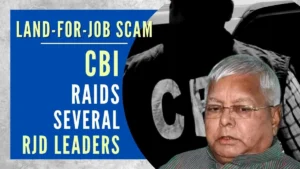Minister | Bengaluru’s Growth Causes Traffic Problems; Solutions Needed
Let’s be honest, if you live in Bengaluru, you’re probably rolling your eyes right now. “Traffic problems?” you’re thinking. “That’s the understatement of the century!” And you’re right. It’s not just ‘problems’; it’s a daily battle against gridlock, delays, and the sheer frustration of watching the clock tick away as you inch forward at a snail’s pace. The news that a minister has acknowledged this isn’t exactly earth-shattering. But what fascinates me is the ‘why’ behind it all, and more importantly, what concrete steps can actually make a difference.
The Uncomfortable Truth | Why Is Bengaluru So Congested?
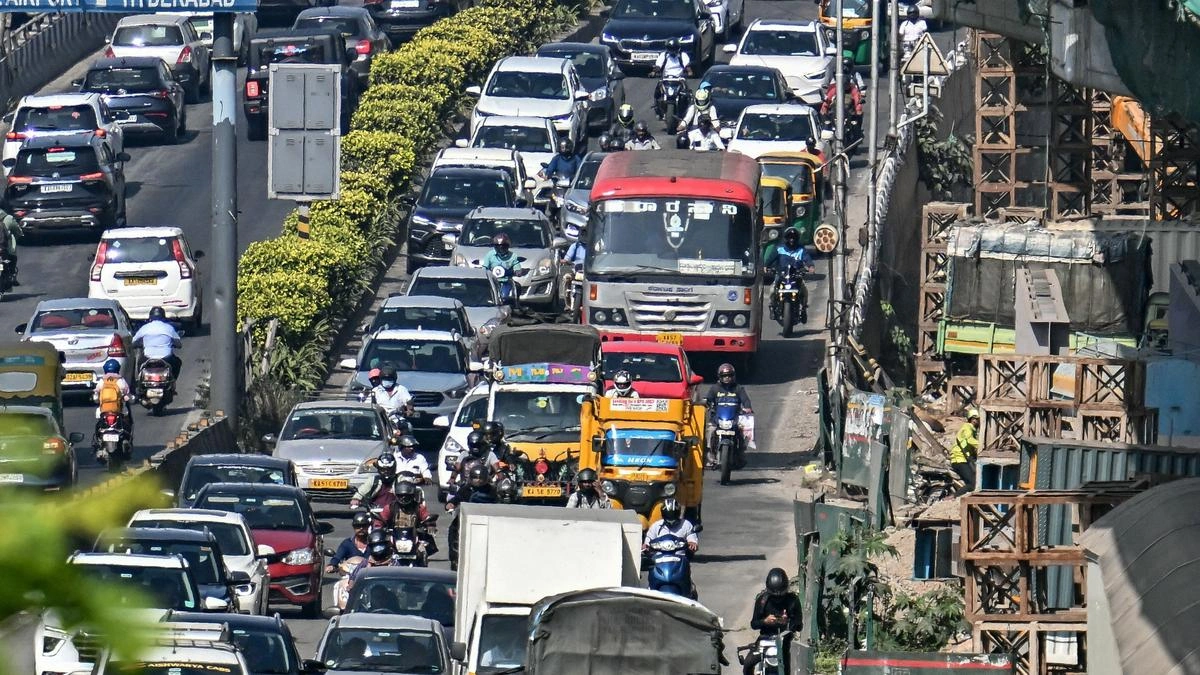
It’s easy to point fingers – at the government, at infrastructure planning, at the sheer volume of vehicles. And sure, all of those play a role. But let’s dig a little deeper. The reality is that Bengaluru’s explosive growth has outpaced its infrastructure. It’s a classic case of demand far exceeding supply. We’ve become a victim of our own success, haven’t we? But why this city? It boils down to a few key factors:
- Economic Magnet: Bengaluru is, without a doubt, India’s Silicon Valley. The concentration of IT companies, startups, and multinational corporations attracts a massive influx of people seeking job opportunities. The city’s IT boom created a strong economic pull .
- Urban Sprawl: The city has expanded outwards at an alarming rate, with residential areas sprawling far beyond the central business districts. This forces people to commute long distances, exacerbating traffic congestion.
- Inadequate Public Transportation: While the Metro is a welcome addition, it’s still not comprehensive enough to serve the entire city. Bus services are often overcrowded and unreliable. Many people feel they have no choice but to rely on personal vehicles.
- Lack of Integrated Planning: Historically, infrastructure development hasn’t kept pace with the rapid growth. Roads, flyovers, and public transportation projects often lag behind the needs of the population.
These factors have created a perfect storm of urban traffic congestion , impacting everything from productivity to air quality.
Beyond Flyovers | Real Solutions for Bengaluru Traffic
Okay, so we know the problem is complex. But what about the solutions? Simply building more flyovers isn’t the answer – it’s often just a Band-Aid that shifts the problem elsewhere. We need a multi-pronged approach that tackles the root causes. This is where it gets interesting, because the solutions require more than just government action; they demand a shift in our own thinking and behavior.
Here’s the thing: the government is considering several measures to alleviate traffic congestion. This includes improving public transportation, expanding the road network, and implementing intelligent traffic management systems. But let’s explore some deeper, less talked-about solutions.
- Embrace Remote Work (Seriously!): Companies need to double down on remote work policies. The COVID-19 pandemic proved that many jobs can be done effectively from home. Encouraging remote work can significantly reduce the number of vehicles on the road. And trust me, my neighbor started a new business after working from home and it is going great.
- Invest in Cycling Infrastructure: Bengaluru has a fantastic climate for cycling, yet cycling infrastructure is woefully inadequate. Creating dedicated bike lanes and safe cycling routes can encourage people to switch from cars to bicycles for shorter commutes.
- Promote Carpooling and Ride-Sharing: Carpooling can significantly reduce the number of vehicles on the road. The government can incentivize carpooling by offering preferential parking or toll discounts. Ride-sharing apps can also play a key role in connecting people who are traveling in the same direction.
- Improve Public Transportation (Again!): This is a no-brainer, but it’s worth reiterating. The Metro needs to be expanded to cover more areas of the city. Bus services need to be more frequent, reliable, and comfortable. And yes, while public transport is improving, it still needs more help.
The Role of Technology | Smart Traffic Management
Technology can play a crucial role in optimizing traffic flow and reducing congestion. Intelligent Traffic Management Systems (ITMS) can use real-time data to adjust traffic signals, optimize routes, and provide drivers with up-to-date information about traffic conditions. Also, AI traffic management can predict future traffic patterns and proactively take steps to prevent congestion.
Self-driving cars could also play a role in the future by optimizing traffic flow and reducing accidents. However, the widespread adoption of self-driving cars is still several years away.
Bengaluru Traffic | A Call for Collective Action
Solving Bengaluru’s traffic challenges requires a collective effort. It’s not just about the government building more roads or the Metro expanding its network. It’s about each of us taking responsibility for our own transportation choices. It’s about embracing remote work, carpooling, cycling, and using public transportation whenever possible. It’s also about being patient, understanding, and courteous on the road.
Let me rephrase that for clarity: it’s not just their problem; it’s our problem. The Bengaluru infrastructure and urban planning needs to keep up with this growth.
Frequently Asked Questions (FAQs)
Why is Bengaluru called the “Traffic Capital” of India?
Bengaluru’s rapid growth, combined with inadequate infrastructure and a high volume of vehicles, leads to severe and frequent traffic congestion.
What are the main causes of traffic congestion in Bengaluru?
The main causes include rapid urbanization, inadequate public transportation, poor road infrastructure, and a large number of private vehicles.
What is the government doing to address the traffic situation?
The government is focusing on improving public transportation, expanding the road network, and implementing intelligent traffic management systems.
How can I contribute to reducing traffic congestion in Bengaluru?
Consider carpooling, using public transportation, cycling, or working remotely to reduce the number of vehicles on the road.
Is there any plan to build more flyovers and underpasses?
Yes, the government is planning to build more flyovers and underpasses to ease traffic flow at key junctions.
Will the new metro lines help reduce traffic congestion?
Yes, the new metro lines are expected to significantly reduce traffic congestion by providing a reliable and efficient public transportation option.
The truth is, there’s no magic bullet. But by embracing a combination of innovative solutions, sustainable practices, and a willingness to change our own habits, we can collectively transform Bengaluru’s traffic nightmare into a more manageable – and even pleasant – experience. It won’t happen overnight, but it’s a journey worth undertaking.
